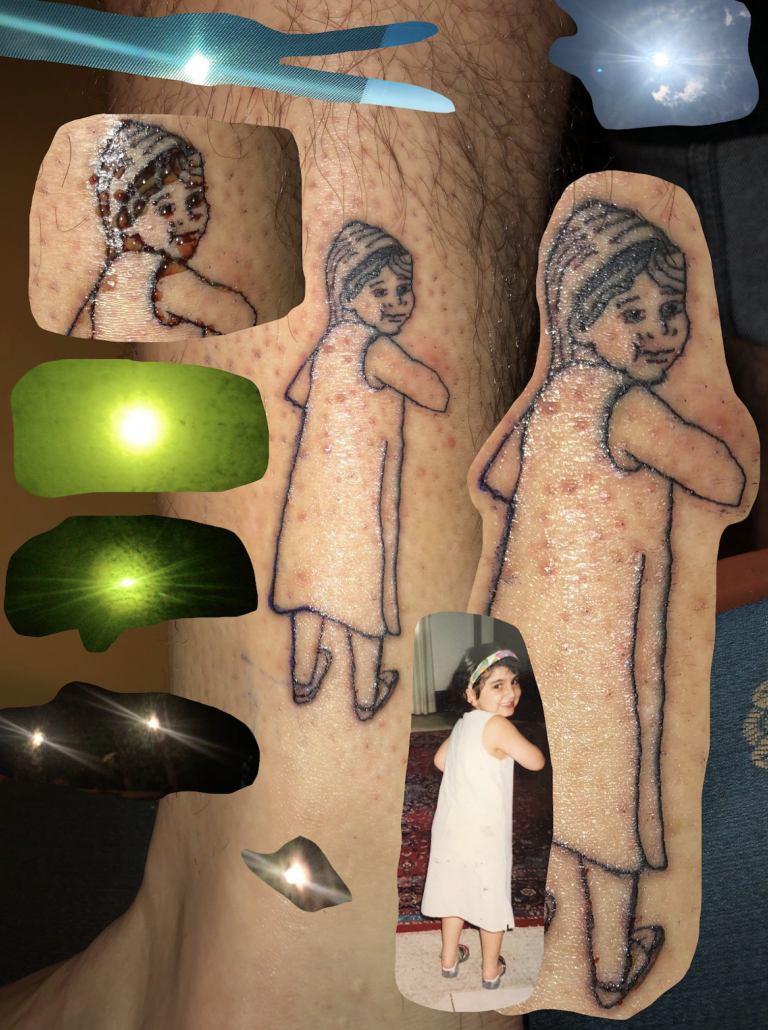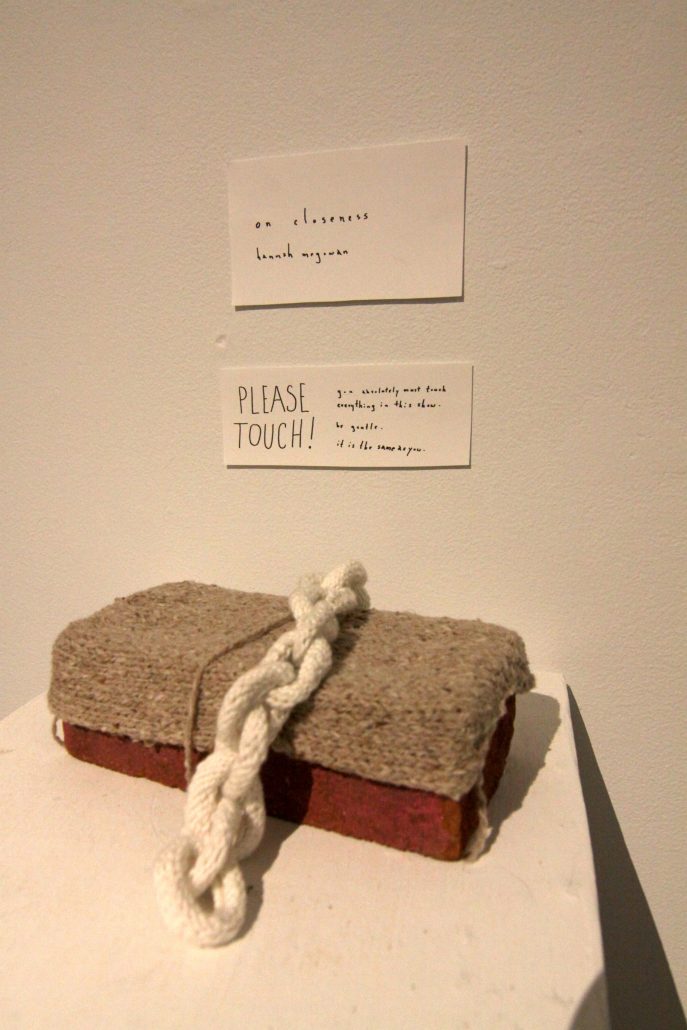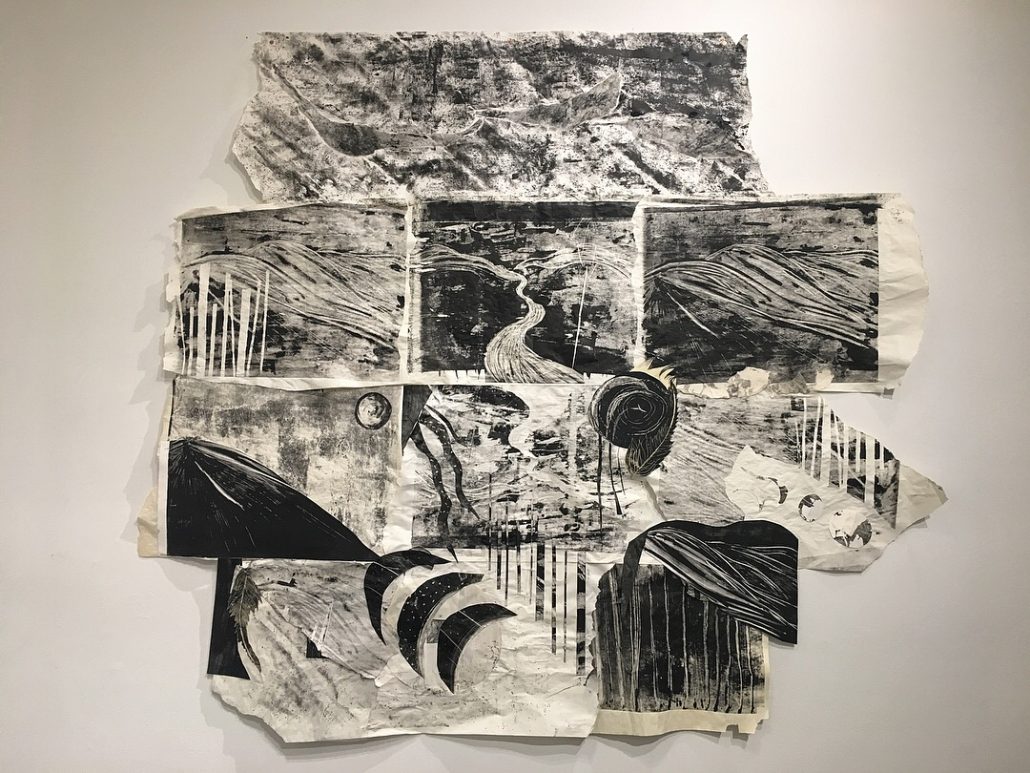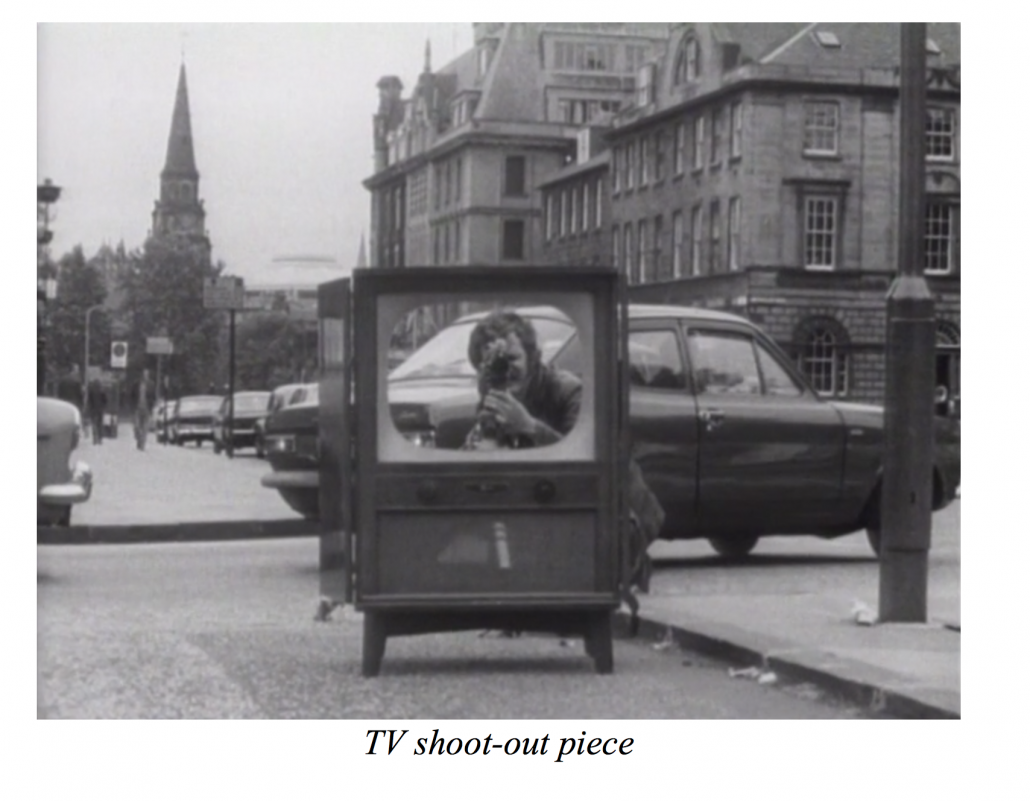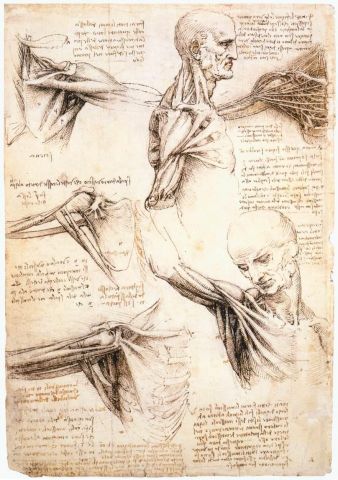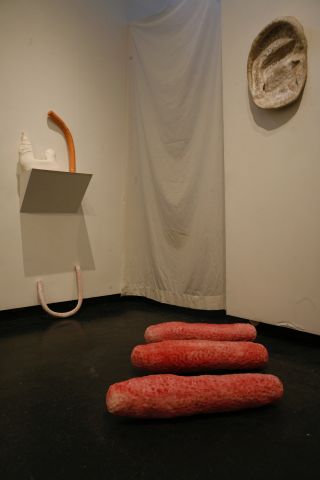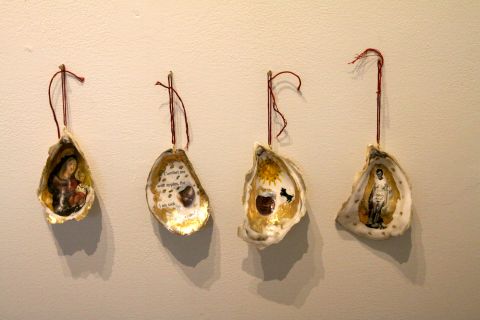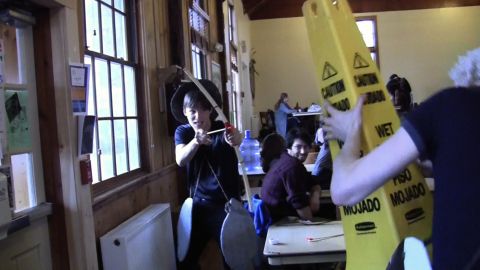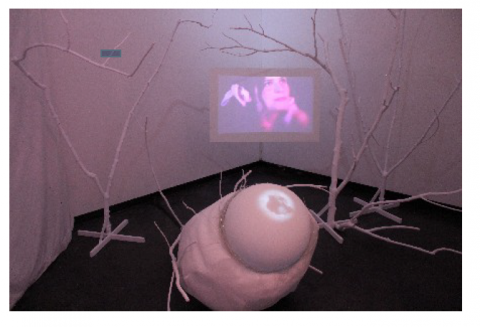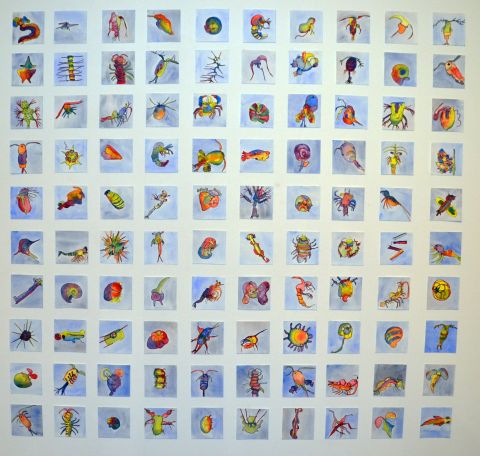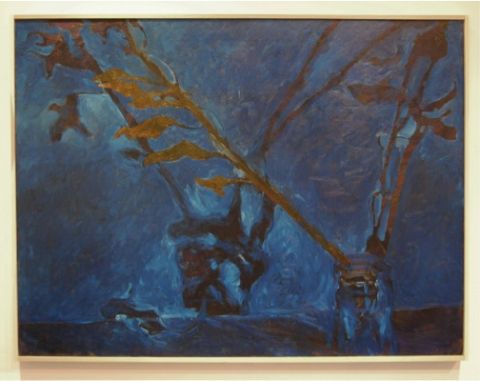Visual Arts
New ways of seeing, understanding, and engaging with local and global communities.
The visual arts at Marlboro were distinguished by a commitment to the idea that the study of form and expression through various media leads not only to further work in the discipline, but also to new ways of seeing, understanding, and engaging with local and global communities. The faculty provided direct instruction and support in the areas of drawing, painting, printmaking, sculpture, ceramics, and photography. Students often integrated their study in the visual arts with other academic areas of the college, and cross-disciplinary Plans linked the visual arts to biology, politics, history, sociology, and all other liberal arts disciplines.
A complex set of experiences was encouraged for all students who concentrated in the visual arts. This included a foundational class in the study of drawing, two-dimensional design, or other graphical medium; the study of art history and visual culture with emphasis on the direct experience of artworks in museums and galleries; and significant work in more than one medium. Students were expected to develop a formal and critical vocabulary with which to discuss both their own work and the work of others, as well as complete a substantial body of work to be presented in a final cohesive exhibition.








